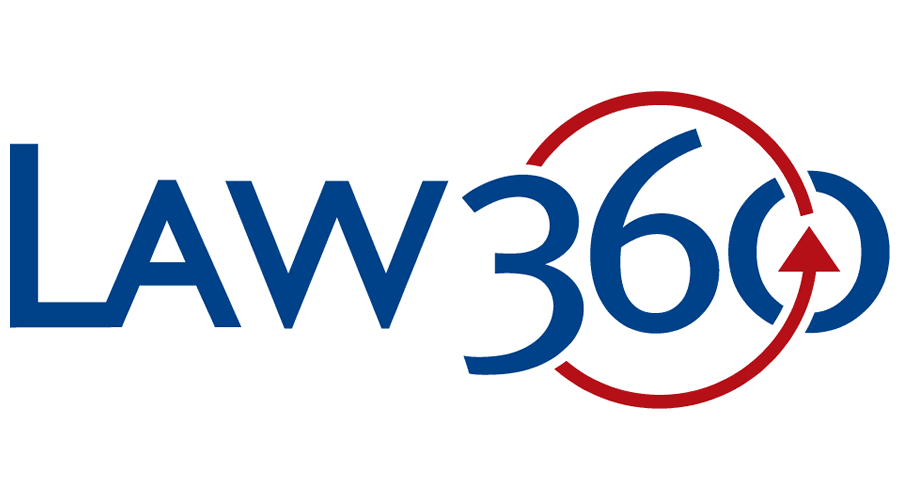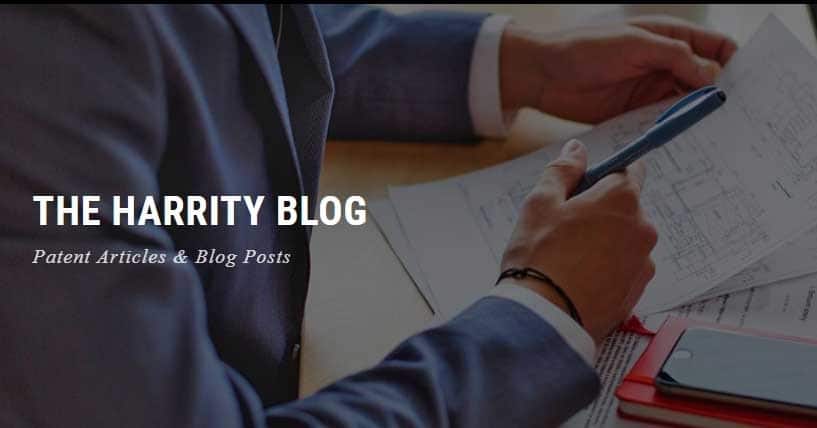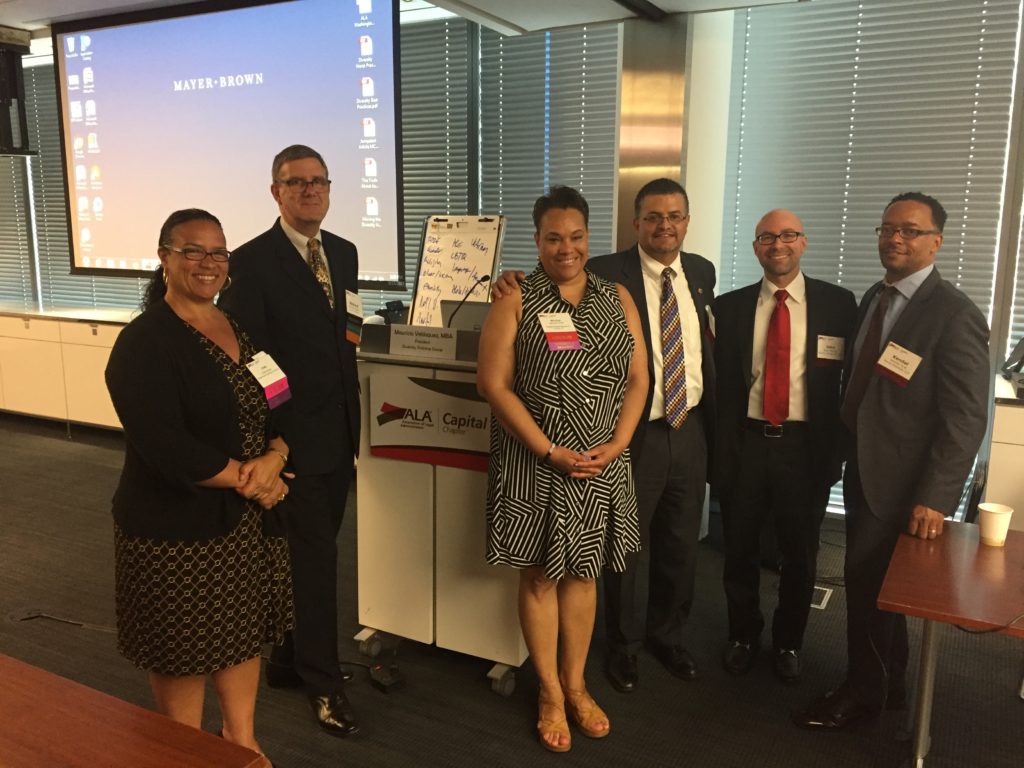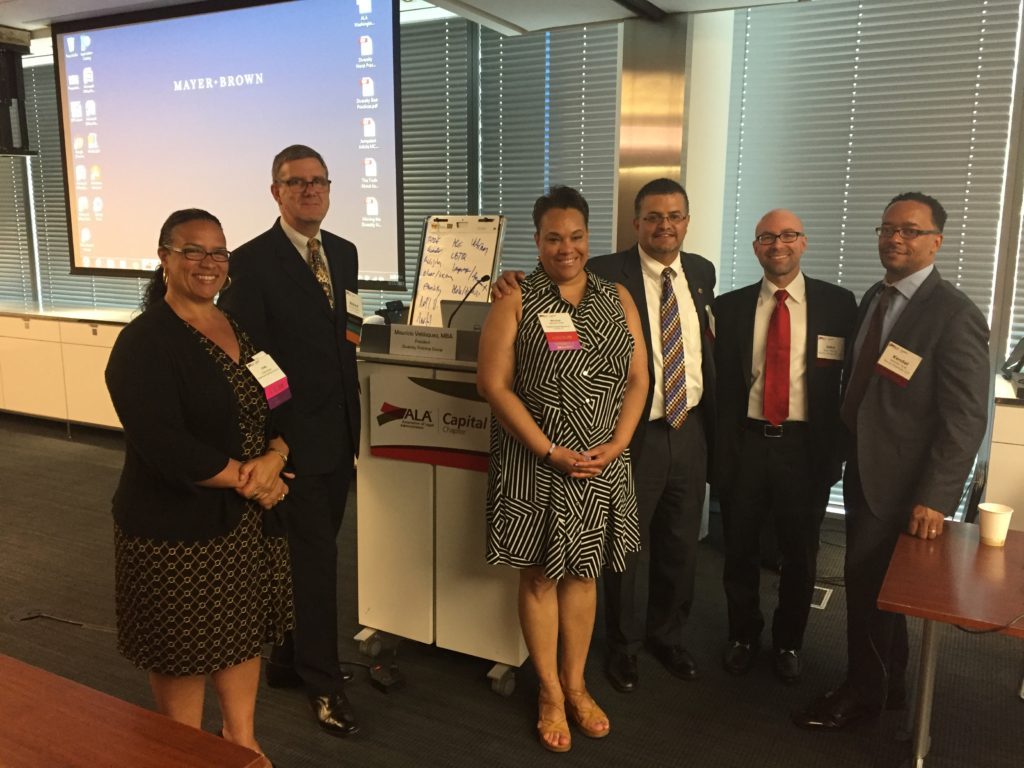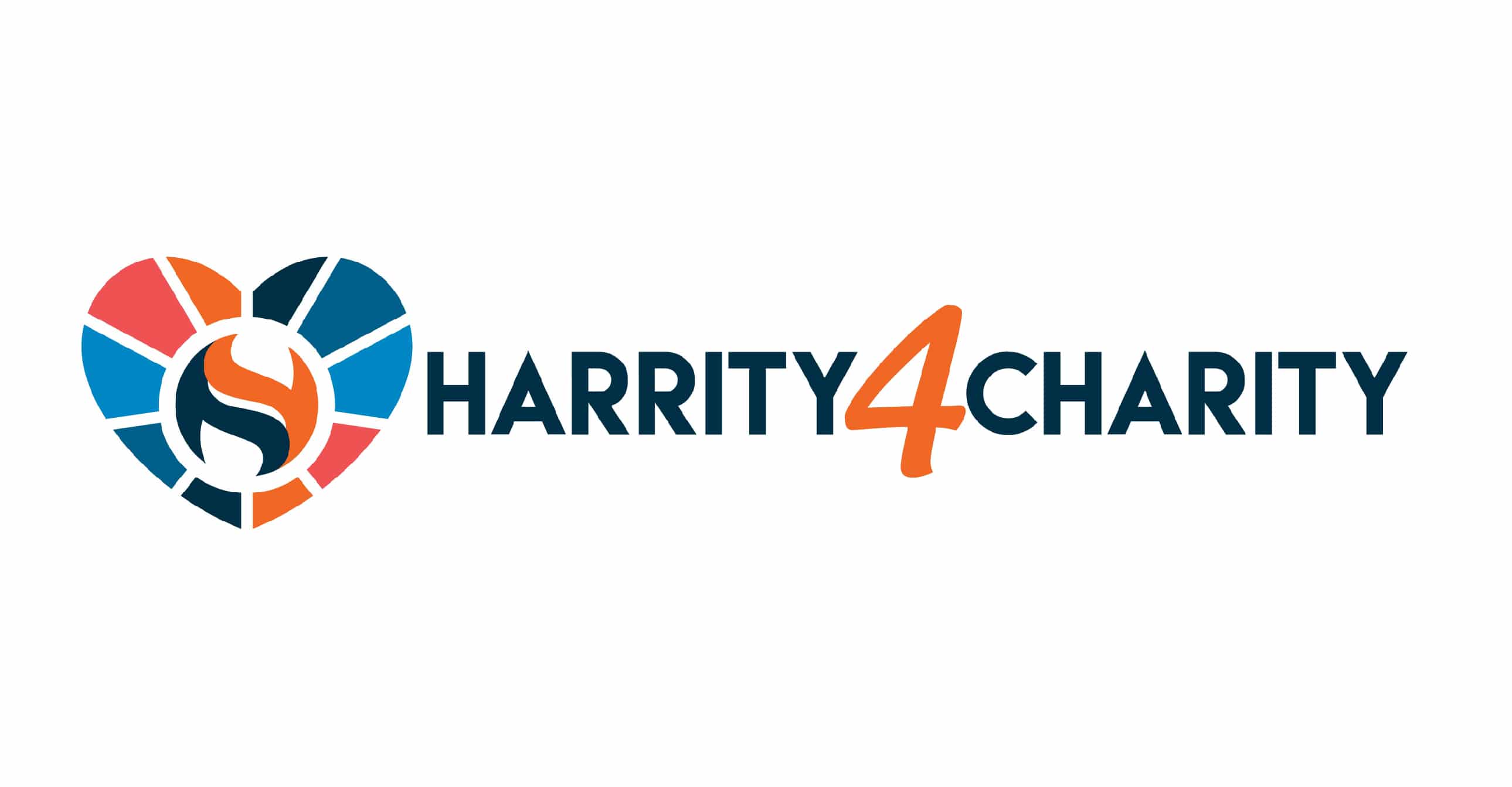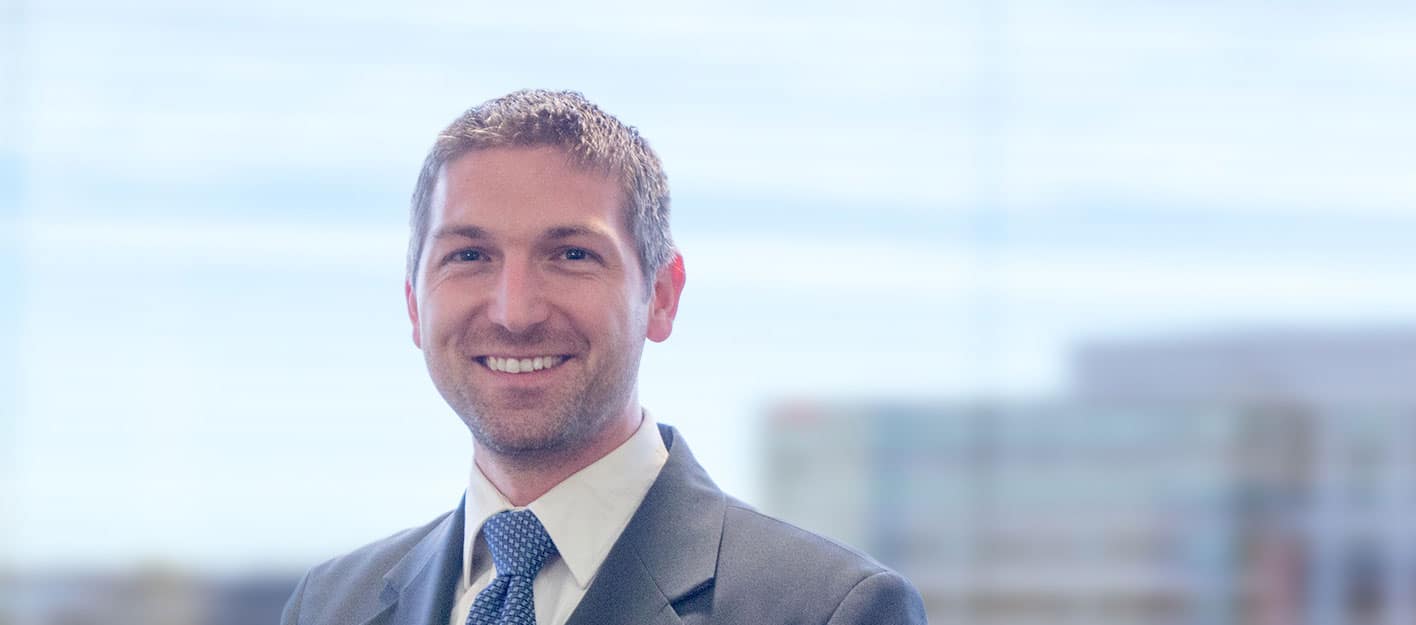By Sean Quinn & Peter Glaser
August 25, 2017- In Visual Memory LLC v. NVIDIA Corp. (Fed. Cir. Aug. 15, 2017), a divided panel at the Federal Circuit determined that U.S. Patent No. 5,953,740 is not directed to an abstract idea.
The decision provides a positive result in the context of software-based inventions, and provides a few insights regarding potential patent drafting strategies. Namely, the decision highlights the importance of focusing the specification on improvements to hardware components, and bolsters the importance of mentioning technical benefits wherever appropriate.
The ‘740 patent teaches a memory system having programmable operational characteristics that are capable of being configured for use with multiple different types of processors without causing a reduction in performance ostensibly present in the prior art computer systems. This enables the memory system to be used efficiently with multiple types of processors, rather than only with a single type of processor. Further, the ‘740 patent claims a computer memory system comprising a main memory, a cache, and programmable operational characteristics that determine a type of data stored by the cache.
On appeal from a district court’s grant of NVIDIA’s motion to dismiss based on the asserted claims being directed to patent -ineligible subject matter, Judge Stoll, writing for the majority, stated that “[courts] must articulate with specificity what the claims are directed to (citing Thales Visionix Inc. v. United States),” and “ask whether the claims are directed to an improvement to computer functionality versus being directed to an abstract idea (citing Enfish LLC v. Microsoft).” (Opinion at 7).
Using Enfish and Thales as guidance, the majority stated that the ‘740 patent’s claims are directed to an improved computer memory system rather than to an abstract idea of categorical data storage and mentioned that claim 1 of the ‘740 patent requires a memory system “having one or more programmable operational characteristics, said characteristics being defined through configuration by said computer based on the type of said processor,” and “determin[ing] a type of data stored by said cache.” (Opinion at 9). Further, the majority stated that dependent claims 2 and 3, respectively, narrow the memory system’s programmable operational characteristic to storing certain types of data and buffering data from certain sources and that none of the claims recite all types and all forms of categorical data storage.
The majority noted that the ‘740 patent’s specification mentions various technical benefits associated with the memory system, such as permitting different types of processors to be installed with the subject memory system without significantly compromising their individual performance, obviating the need to design a separate memory system for each type of processor, avoiding the performance problems of prior art memory systems, enabling interoperability with multiple different processors, and outperforming prior art memory systems having larger cache sizes.
Analogizing the ‘740 patent to the self-referential table in Enfish and the motion tracking system in Thales, the majority noted that the ‘740 patent’s claims are directed to a technological improvement and focus on a specific asserted improvement in computer capabilities rather than a process that qualifies as an abstract idea for which computers are invoked merely as a tool. Further, the majority noted that the specification of the ‘740 patent discusses the advantages offered by the proffered technological improvement.
Juxtaposing the ‘740 patent and the claims in Content Extraction & Transmission LLC v. Wells Fargo Bank and In re TLI Communications LLC Patent Litigation, the majority noted that the ‘740 patent recites an ostensibly new, improved, and more efficient memory system as opposed to claims that are not directed to an improvement in computer functionality and cover abstract ideas operating on generic hardware.
In dissent, Justice Hughes posited that the ‘740 patent fails to describe how the invention’s purpose is achieved, fails to describe how to implement the programmable operational characteristic, requires a third party to supply the innovative programming, and, as such, is not properly described as being directed to an improvement in computer systems.
In response, the majority identified three flaws with Justice Hughes’s posit.
First, the majority noted that the ‘740 patent includes an appendix having 263 frames of code, and noted that the assumption that the code does not teach a person of ordinary skill in the art was improper at the stage of reviewing a Rule 12(b)(6) motion, where all factual inferences must be drawn in favor of the non-moving party.
Second, the majority noted that the question of whether a patent specification teaches a person of ordinary skill in the art how to implement the claimed invention presents an enablement issue under 35 U.S.C. § 112 rather than an eligibility issue under § 101. Further, the majority noted that the implementation details regarding how to configure a programmable operational characteristic may very well fall within the routine knowledge of persons having ordinary skill in the art and, as such, may have been permissibly omitted.
Third, the majority noted that Justice Hughes’s assumption that the innovative effort in the ‘740 patent lies in the programming required for a computer to configure a programmable operational characteristic of a cache memory was misplaced. In support, the majority noted that the assumption was inconsistent with the ‘740 patent’s specification and claims, which expressly state that the improved memory system is achieved by configuring a programmable operational characteristics of a cache memory based on the type of processor connected to the memory system.
In closing, the majority refrained from proceeding to step two of the Alice test because of the finding that the claims of the ‘740 patent are not directed to an abstract idea.
Going forward, the decision provides some instruction regarding potential patent drafting and prosecution strategies regarding software-based inventions and § 101 issues. For example, the decision highlights the importance of directing the specification and claims to improvements in computer systems, and the importance of mentioning technical benefits provided by the invention wherever feasible. Moreover, the case highlights a distinction that can be drawn between enablement and eligibility.
Download Practice Insights in the Wake of Visual Memory LLC v. NVIDIA Corp.

